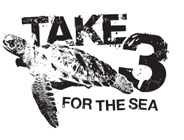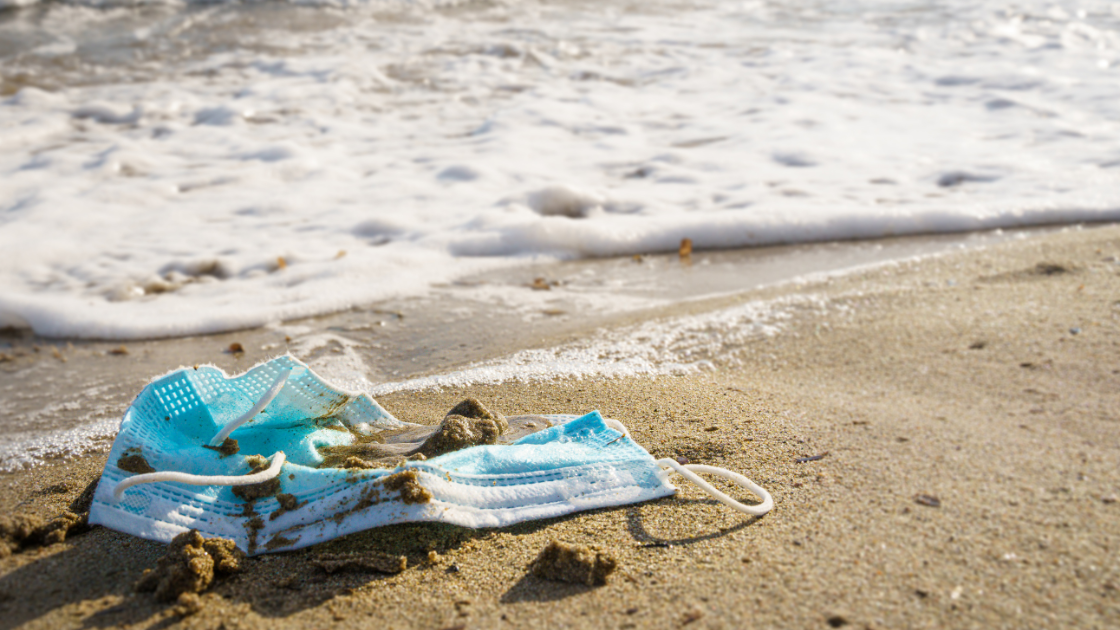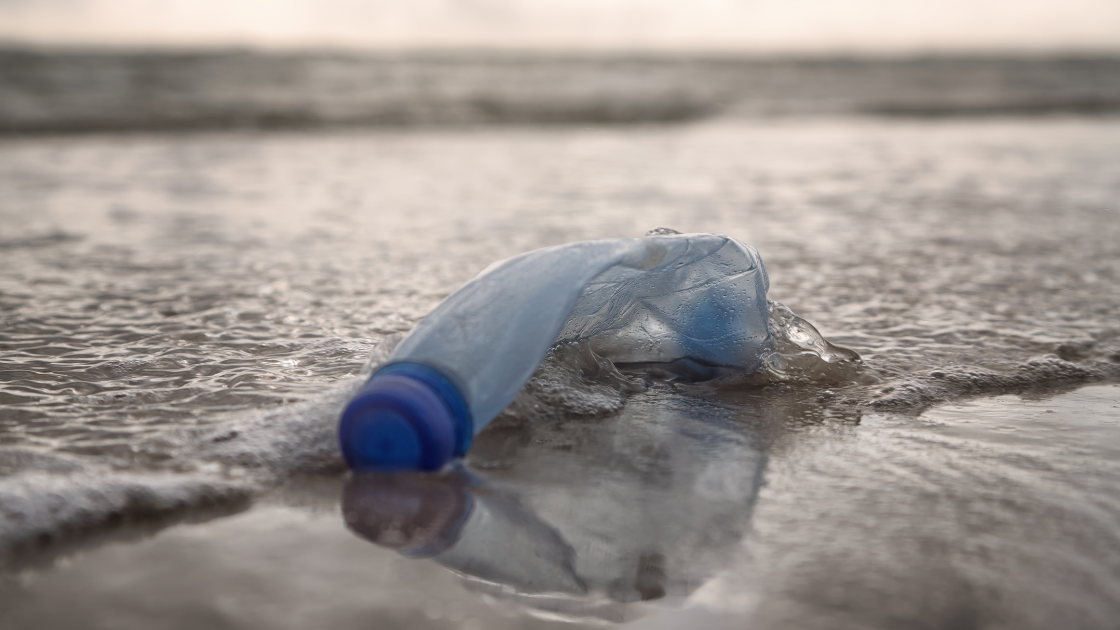Disposable face masks are introducing yet more plastic to the environment
The categories of items we collect, count and dispose of at our beach clean-ups remain relatively consistent regardless of the location. Soft plastics, hard plastic fragments and cigarette butts usually top the list. However, in the last couple of years, some new items have started appearing with regularity and in rising numbers – disposable face masks. Since the start of the COVID-19 pandemic in early 2020, people all over the world have become all-too-familiar with the face mask. Prior to this face masks were used primarily by medical professionals and healthcare workers but now they are used by everyone. While face masks undoubtedly limit the spread of airborne viruses and save lives, their widespread use has led to a new plastic pollution crisis.
It is not immediately obvious that disposable face masks contain plastic but each of the three layers that make up a typical mask consist of polymers such as polyurethane, polystyrene, or polyester. The inner layer is made of soft fibres, the middle layer includes a filter, and the outer layer uses dyed, water-resistant fibres that guard against droplets. Furthermore, the elasticated ear loops are typically made from elastic, a combination of polyester and rubber.

This photograph was one of the finalist images in the Ocean Photography awards, captured by Nicholas Samaras.
Accurate estimates of the number of masks used since the start of the pandemic are difficult to pin down. However it is thought that as many as 3.4 billion disposable face masks were discarded each day at the start of 2021, and the United Nations estimates that about 75 percent of all masks end up in landfill or in waterways and oceans. This means there could be billions of masks loose in the environment, with more being added each day. When masks begin to degrade, which happens over time and through contact with water, they release microplastic fibres. These tiny fibres can be ingested by humans and animals alike. The impact of this microplastic exposure through consumption is not yet understood. And it’s not just the microplastics released from masks that might be harmful. Wildlife can get entangled in the ear loops of discarded masks, risking suffocation, starvation and death.
Research is underway around the world to find less harmful but equally effective materials to make masks from. But until a suitable alternative is found, face masks made from plastic remain the most reliable way to protect us from airborne viruses. So for now the focus needs to be on ensuring masks, and other items of protective equipment that are made of plastic, such as gloves, gowns and rapid antigen test (RAT test) sticks, are disposed of properly, keeping them out of the environment.
What can you do?
- Always dispose of masks carefully. They can’t be recycled so put them in the red landfill bin, not the yellow recycling bin.
- Before throwing away a mask, cut the ear loops with a pair of scissors in case the mask accidentally ends up in the environment where an animal could get entangled in it.
- Don’t flush your masks down the toilet – they will not break down like toilet paper and may cause blockages.




